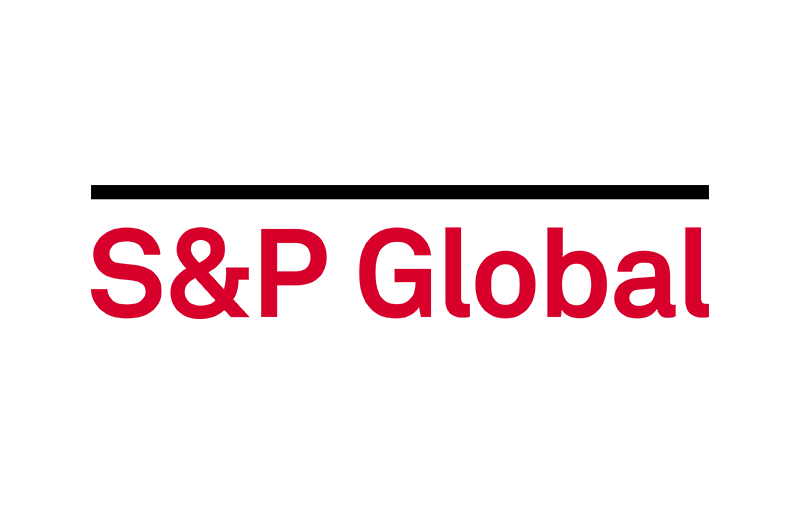What our clients say
“The best offsite I’ve attended. Powerful themes, authentic connection, and collective leadership that surpassed expectations.”
“LQ’s expertise in group dynamics creates a safe environment to challenge assumptions, while also pushing us to examine ourselves more deeply.”
“Connecting with leaders outside my industry gave me fresh perspective on how to lead and support my team.”
“A privileged experience that offered deep insight into new ways of thinking and doing. The human dimension left a profound impact on me.”



















